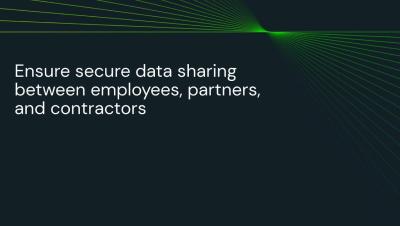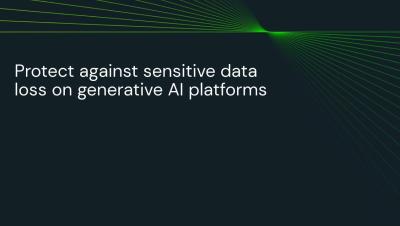The Hidden Dangers: A Guide to Mobile Security Threats
Mobile technology has changed how government employees work, and hackers have noticed. Mobile-specific threats are on the rise, with hackers often using mobile devices as a backdoor into the agency’s enterprise network. This video, based on a recent mobile threat report by Lookout, highlights four types of mobile threats that agencies need to be aware of, and offers tips for reducing risk.













